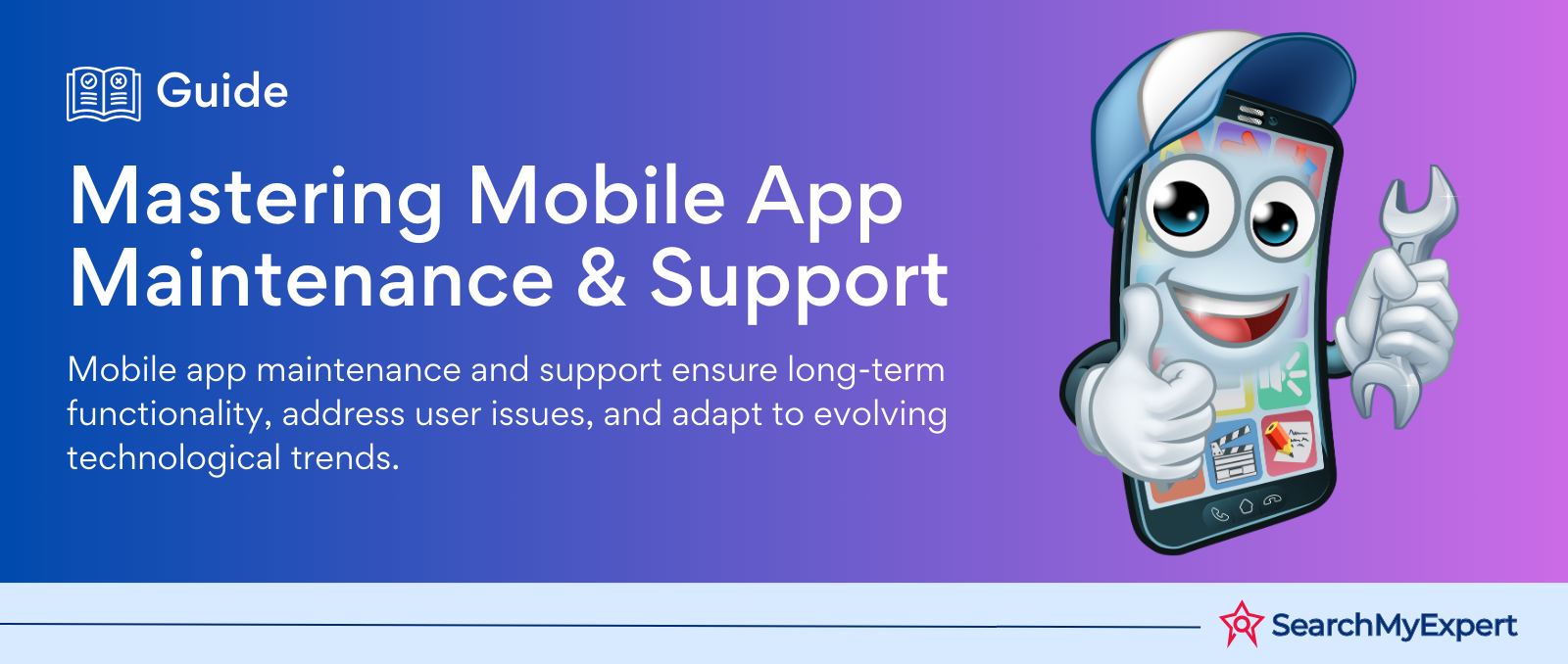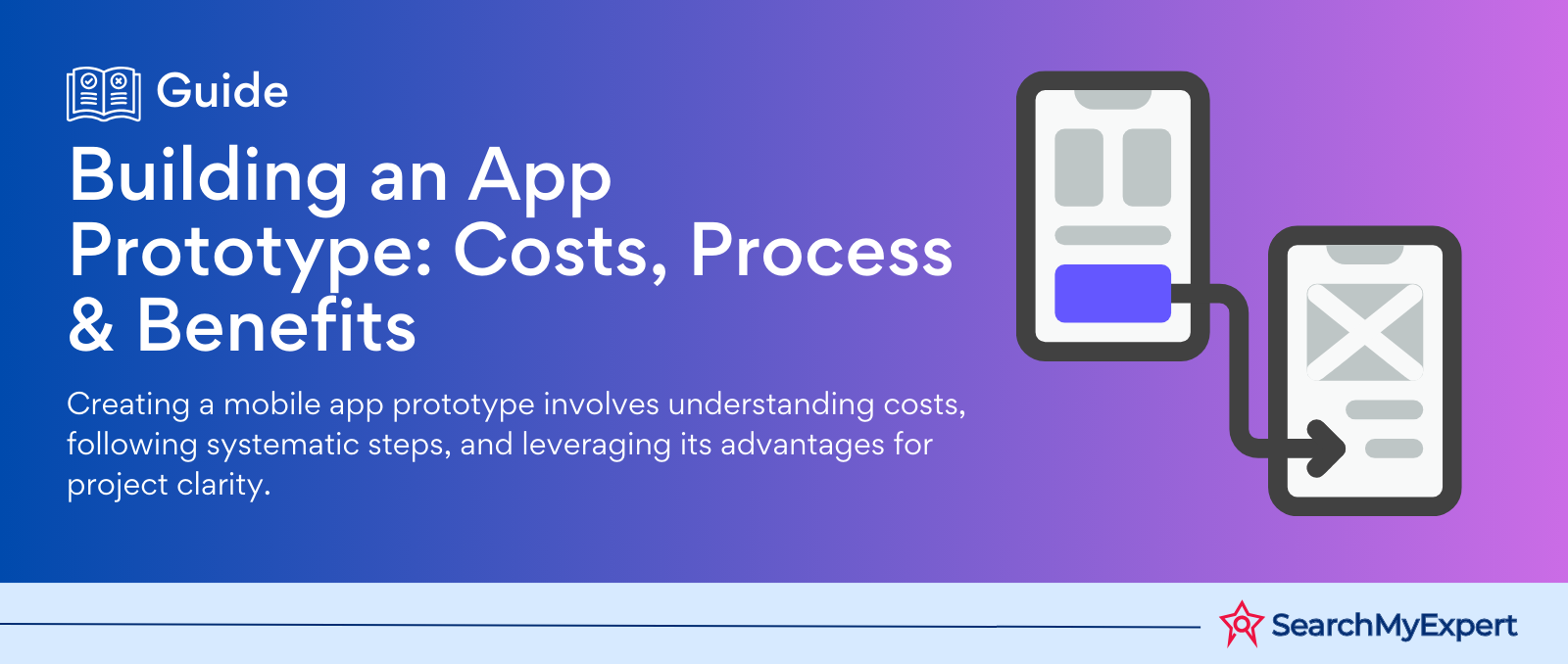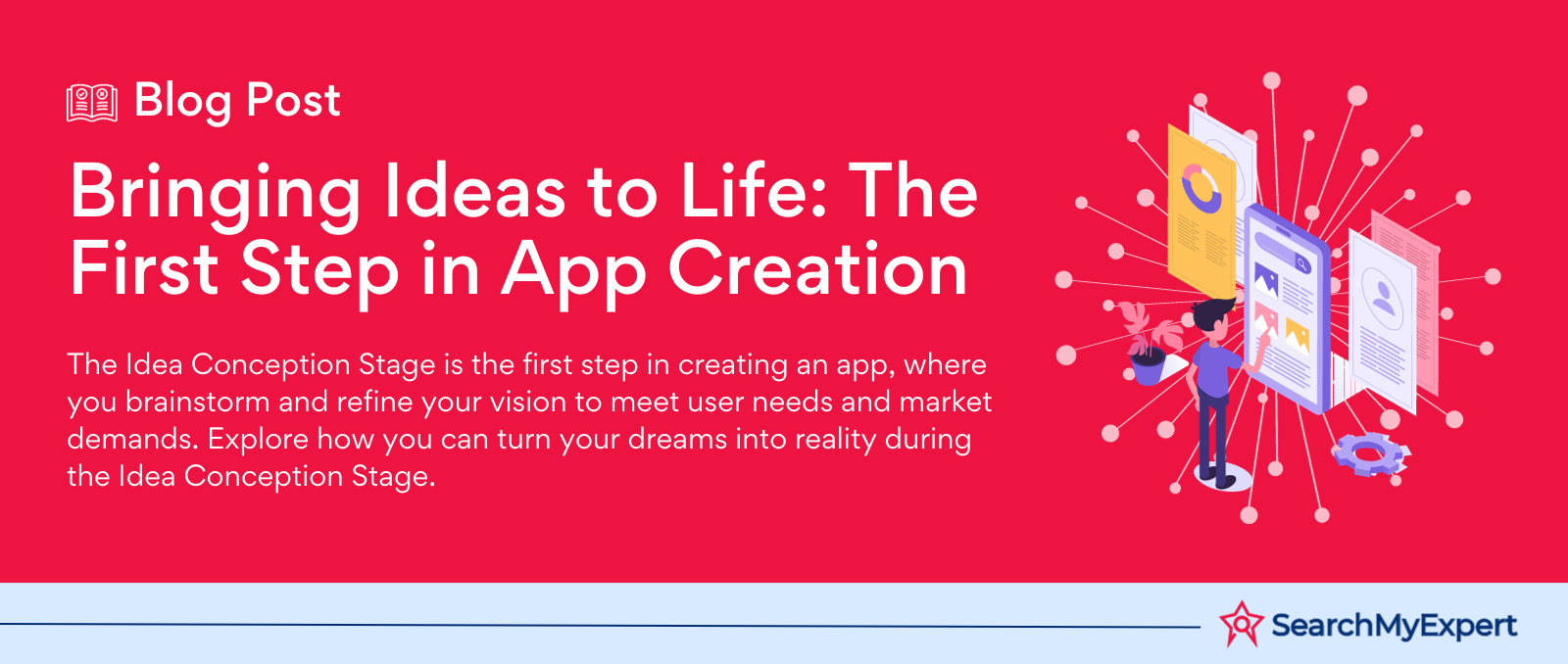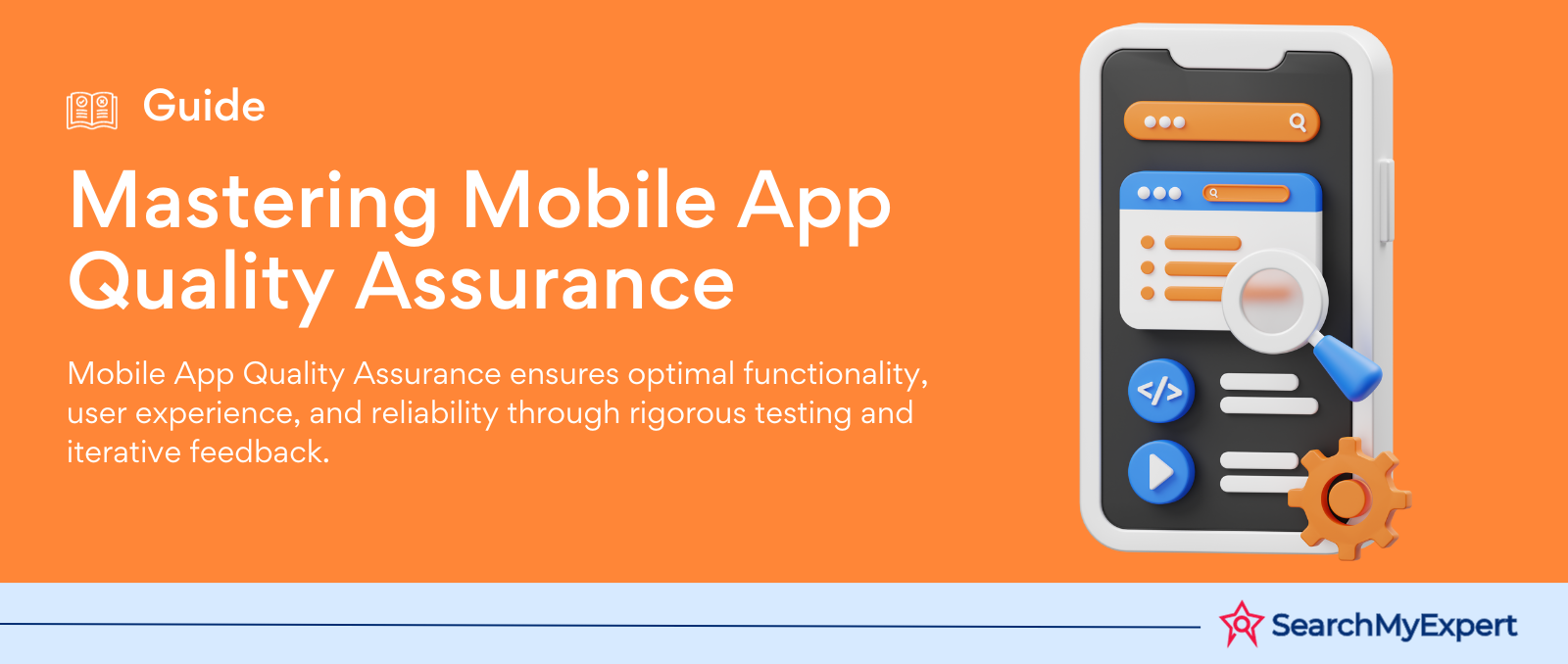Hey there, awesome visitor! 👋 Our website is currently undergoing some nifty upgrades to serve you even better. But don't worry, we'll be back before you can say "SearchMyExpert rocks!"
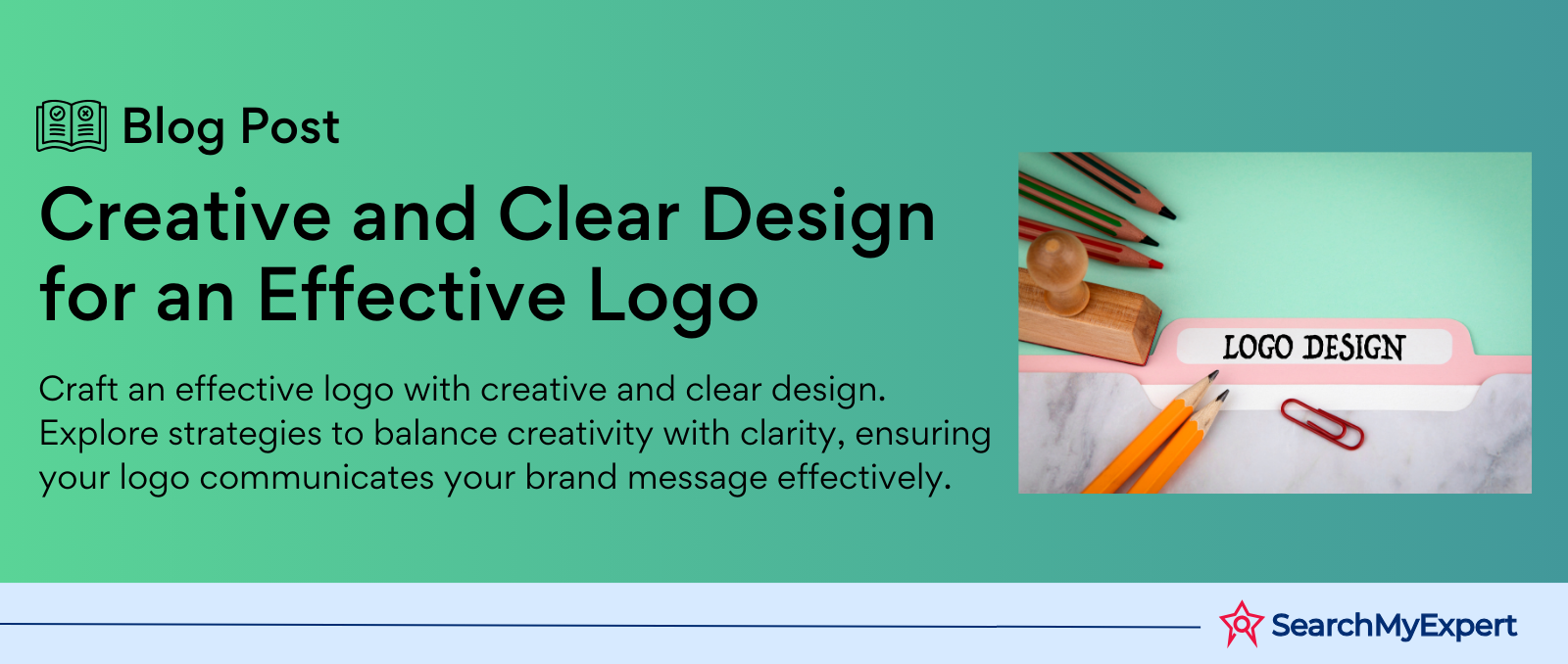
The Power of Logos in Branding and Communication
In the realm of branding and communication, logos hold a pivotal role. These visual symbols serve as the cornerstone of a brand's identity, encapsulating its values, mission, and personality in a singular, memorable design. A well-crafted logo can transcend mere aesthetics, becoming a powerful tool for storytelling and brand recognition.
Balancing Creativity with Clarity
Designing a logo, however, is not without its challenges. It involves a delicate balancing act between creativity and clarity. On one hand, a logo must be unique and imaginative to stand out in a crowded marketplace. It needs to capture the essence of the brand in a way that resonates with its target audience, often employing innovative design elements and thoughtful use of color and typography.
On the other hand, clarity is equally crucial. A logo must be easily recognizable and understandable to the audience. It should communicate the brand's message at a glance, without any ambiguity. This requirement often means that the most effective logos are those that embody simplicity and elegance.
The Impact of Effective Logo Design
The impact of an effective logo cannot be overstated. A well-designed logo not only helps in establishing brand identity but also aids in building trust and loyalty among consumers. It becomes a symbol of quality and reliability, fostering a sense of familiarity and comfort.
Navigating the Logo Design Process
The process of logo design is a journey that intertwines art and strategy. It demands a deep understanding of the brand's core values and target market, along with a keen eye for design trends and cultural nuances. As we delve deeper into this fascinating topic, we'll explore the key principles of effective logo design, examine inspiring examples, and provide practical tips for creating logos that leave a lasting impression.
Unpacking Creativity in Logo Design
Creativity in logo design is a multifaceted concept that can elevate a brand to new heights. It's not just about creating something visually appealing; it's about crafting an identity that resonates deeply with the target audience. Let's break down the core elements of creativity in logos:
- Originality: The hallmark of a creative logo is its uniqueness. An original design sets a brand apart from its competitors, offering a fresh perspective or approach. It avoids cliches and overused motifs, instead favoring innovative concepts that capture the essence of the brand in an unexpected way.
- Memorability: A creative logo sticks in the minds of those who see it. It creates a lasting impression, often through a clever use of design elements or an intriguing concept. The goal is to create a visual symbol that people will instantly associate with the brand, even after a brief encounter.
- Emotional Impact: Great logos evoke emotions. They connect with the audience on a deeper level, often through the use of color, shape, and imagery that align with the emotional message of the brand. Whether it's excitement, trust, or comfort, a creative logo can convey complex emotional narratives.
Defining Clarity in Logo Design
While creativity catches the eye, clarity ensures comprehension and recognition. A clear logo is effective in conveying the brand's message without confusion. The following aspects define clarity in logos:
- Legibility: A clear logo is easy to read and understand. This means choosing fonts and design elements that are not only aesthetically pleasing but also easy to decipher. Complex designs or hard-to-read typography can detract from the logo’s effectiveness.
- Simplicity: In logo design, less is often more. A simple design is usually more effective in communicating a clear message. It strips away unnecessary elements, focusing on the essentials of the brand identity. Simple logos are also more versatile, scaling easily across different mediums and platforms.
- Universal Recognizability: A clear logo transcends cultural and language barriers. It uses universal symbols or imagery that can be easily recognized and understood by a global audience. This aspect of clarity is particularly important for brands that operate internationally or aim to have a broad appeal.
The Power of Simplicity
The Efficacy of Simplicity in Logo Design
Simplicity in logo design is a powerful tool, often leading to some of the most successful and enduring brand identities. Its strength lies in the ease with which it communicates a brand's message and its adaptability across various mediums. Let's delve into why simple logos can be incredibly impactful:
- Enhanced Memorability: Simple logos are easy to remember. Their clean lines and uncluttered appearance make them more likely to stick in a viewer’s mind. This memorability is crucial in today’s fast-paced world where consumers are bombarded with countless brand images daily. A simple logo can cut through the noise, making a lasting impression.
- Greater Versatility: Simple logos are highly versatile. They can be scaled to fit any size—from a tiny favicon on a website to a massive billboard—without losing clarity or impact. This adaptability is essential for maintaining brand consistency across various platforms, including digital media, print, merchandise, and more.
- Timeless Appeal: Logos that embrace simplicity tend to have a timeless quality. They are less likely to appear outdated as design trends evolve, ensuring the brand remains relevant and modern over time.
Iconic Examples of Minimalist Logo Design
Several globally recognized brands have mastered the art of simplicity in their logos. Here are a few iconic examples:
- Apple: The Apple logo is a perfect example of minimalist design. Its clean, unadorned apple silhouette is instantly recognizable worldwide, symbolizing innovation and sophistication.
- Nike: The Nike ‘Swoosh’ is another prime example of simplicity at its best. This single, fluid line conveys motion and athleticism, embodying the essence of the brand in a sleek and straightforward manner.
- Twitter: Twitter’s logo, featuring a simple bird silhouette, is emblematic of the platform's focus on rapid, breezy communication. Its uncomplicated design ensures it is identifiable even at the smallest sizes, like an app icon.
- Target: The Target bullseye logo is the epitome of simplicity, using just a couple of circles to create a striking and memorable image. Its straightforward design conveys accessibility and directness, aligning perfectly with the brand’s identity.
Embracing Symbolism and Metaphors
Harnessing Symbolism and Metaphors in Logo Design
Integrating symbolism and metaphors in logo design is a creative strategy that can significantly enhance brand connection and storytelling. This approach involves using visual elements to represent deeper meanings or concepts, creating a logo that communicates much more than just the brand name. Let's explore how symbolism and metaphors can boost creativity and foster a deeper connection with the brand:
- Enhanced Brand Narrative: Symbolic elements in logos can encapsulate a brand's story, values, or mission, offering a richer narrative. This depth of meaning helps build an emotional connection with the audience, as they resonate with the values and stories represented by the symbols.
- Increased Memorability and Distinction: Logos that use symbolism or metaphors are often more memorable. They stand out for their unique approach to conveying a message, making the brand more distinctive in a competitive market.
- Flexibility and Layered Meanings: Symbolism allows for multiple interpretations, giving the logo a layered complexity. This can engage audiences on different levels, as they uncover and relate to various aspects of the symbol.
Logos That Master Symbolism
Several brands have effectively used symbolism in their logos to convey their core values and ethos. Here are some noteworthy examples:
- Amazon: The Amazon logo features a smiling arrow pointing from A to Z, symbolizing the company's wide range of products and its commitment to customer satisfaction. The smile also represents the positive customer experience the brand aims to deliver.
- FedEx: The FedEx logo, known for its clever use of negative space, hides an arrow between the letters 'E' and 'x'. This arrow symbolizes speed, precision, and forward direction, aligning with the brand's values in logistics and delivery services.
- Baskin Robbins: The Baskin Robbins logo creatively incorporates the number '31' within the 'BR' of its logo, symbolizing the 31 flavors it famously offers. This use of symbolism subtly communicates the variety and fun associated with the brand.
- World Wildlife Fund (WWF): The WWF logo features a panda, which is not only an endangered species but also a symbol of wildlife conservation efforts. This choice of symbol powerfully communicates the organization's mission and values.
Influence of Color and Typography in Logo Design
The selection of color and typography in logo design plays a crucial role in enhancing both the creative appeal and clarity of the logo. These elements are not just decorative; they carry significant psychological and perceptual weight, influencing how a brand is perceived. Understanding the nuances of color psychology and typography can profoundly impact the effectiveness of a logo.
Color Psychology in Logos
- Emotional Resonance: Colors evoke emotions and can significantly influence how a brand is perceived. For instance, blue often conveys trust and professionalism, making it a popular choice for corporate and financial institutions. Red can signify passion or urgency, commonly used in logos for brands that want to appear bold and energetic.
- Brand Identity and Values: The choice of color can reflect a brand's identity and values. Eco-friendly or organic brands may choose green to signify their commitment to nature, while luxury brands might opt for black or gold to convey sophistication and elegance.
- Attracting Target Audience: Colors can also play a role in attracting specific demographic groups. Bright and vibrant colors might appeal more to a younger audience, while muted tones might resonate with a more mature market.
Typography and Logo Perception
- Conveying Brand Personality: The style of font used in a logo can communicate a lot about the brand's personality. A serif font might be used to convey tradition and reliability, whereas a sans-serif font could give a more modern and clean look. Script fonts might be used for brands that want to appear elegant or whimsical.
- Readability and Clarity: Beyond aesthetics, the legibility of the font is crucial. A logo must be readable across various mediums and sizes. Overly stylized fonts might hinder clarity, especially when scaled down for smaller applications like business cards or mobile screens.
- Differentiation and Uniqueness: Custom typography can set a logo apart. A unique font can be as identifiable as the logo itself – think of the distinctiveness of the Coca-Cola script.
Examples Demonstrating Effective Use of Color and Typography
- Google: The Google logo, with its simple sans-serif typeface and primary color scheme, conveys approachability and friendliness, aligning with the brand's user-friendly ethos.
- Starbucks: The Starbucks logo uses a custom typeface and a distinctive green color, which not only reflects its upscale and unique brand personality but also aligns with its commitment to environmental responsibility.
- McDonald’s: The iconic golden arches against the red background of the McDonald’s logo are instantly recognizable. The color red evokes energy and urgency, while the yellow communicates happiness and friendliness, perfect for a fast-food chain.
The Crucial Process of Testing and Refining Logos
Creating a successful logo is an iterative process that often involves testing and refining based on audience feedback. This step is crucial in ensuring that the logo not only aligns with the brand’s vision but also resonates effectively with its target audience. Let's explore how this process helps in achieving the optimal balance between creativity and clarity.
Engaging with the Target Audience
- Gathering Valuable Insights: Testing a logo with the target audience can provide invaluable insights into how it is perceived. Feedback can reveal whether the logo communicates the intended message, evokes the desired emotions, and is memorable to the audience.
- Identifying Areas for Improvement: Audience reactions can highlight aspects of the logo that might require tweaking. It might be a color that doesn’t resonate, a font that’s hard to read, or a symbol that’s misinterpreted. This feedback is essential for refining the design.
Refining for Clarity and Creativity
- Adjusting Design Elements: Based on feedback, designers can make adjustments to various elements of the logo, such as color, typography, and imagery, to enhance clarity and strengthen the creative aspect.
- Balancing Creativity with Practicality: Audience feedback helps in striking the right balance between being creative and being practical. A logo might be artistically brilliant, but if it doesn’t communicate effectively or isn’t versatile across different platforms, it may not serve its purpose.
Examples of Successful Logo Refinements
Many well-known brands have refined their logos over time, often based on market research and audience feedback. For instance:
- Apple: Apple's logo has evolved from a detailed illustration to a simple, monochromatic apple silhouette. This refinement enhanced its clarity and versatility while maintaining its iconic status.
- Airbnb: Airbnb updated its logo to a simpler, more abstract symbol known as the 'Bélo'. This change aimed to represent a sense of belonging, a core value of the brand, and was refined to be more recognizable and memorable.
- Pepsi: Pepsi has repeatedly refined its logo over the years, each time aiming to retain its core identity while updating its look to stay modern and relevant.
Key Takeaways in Balancing Creativity and Clarity in Logo Design
The journey of creating a compelling and effective logo is one that intricately balances creativity with clarity. Here are the key takeaways from our exploration of this dynamic process:
- Emphasize Simplicity: A simple design can be powerful, offering memorability and versatility. It often results in a timeless logo that resonates across various platforms and audiences.
- Incorporate Symbolism and Metaphors: Using symbolic elements and metaphors enhances the depth and narrative of a logo, creating a stronger emotional connection with the audience.
- Mindful Color and Typography Choices: The selection of colors and fonts is crucial, as these elements greatly influence the logo's emotional impact and legibility. Understanding color psychology and typography dynamics is key.
- Engage in Testing and Refinement: Gathering feedback from the target audience and refining the logo based on this input ensures that it not only aligns with the brand’s vision but also resonates effectively with its intended audience.
- Strive for Balance: The most successful logos find a harmonious balance between being visually striking and clearly conveying the brand’s message. This balance is the hallmark of a logo that can stand the test of time and leave a lasting impact.
A Call to Action: Prioritize Effective Logo Design
As we wrap up this exploration, remember that a logo is much more than just a visual mark. It's a critical component of your brand's identity and communication strategy. Prioritize logo design that effectively communicates your brand's identity, values, and mission. Invest time in developing a logo that not only captures the essence of your brand in a creative manner but also communicates it clearly and succinctly to your audience. A well-designed logo is an investment in your brand's future, laying the foundation for strong brand recognition and customer loyalty.
Conclusion:
In summary, the creation of a logo that effectively balances creativity with clarity is essential for successful brand communication. By embracing simplicity, leveraging symbolism and metaphors, making informed color and typography choices, and engaging in an iterative process of testing and refinement, brands can develop logos that are not only visually striking but also clear and communicative. The key is to create a logo that accurately represents the brand’s values and connects with the target audience on a deeper level. Prioritizing effective logo design is crucial in establishing a strong, recognizable, and enduring brand identity. Start your journey towards crafting that impactful logo today, ensuring it stands as a testament to your brand’s unique story and vision.
Bring innovation to your brand identity with our Logo Designing Services.
Other Related Blogs
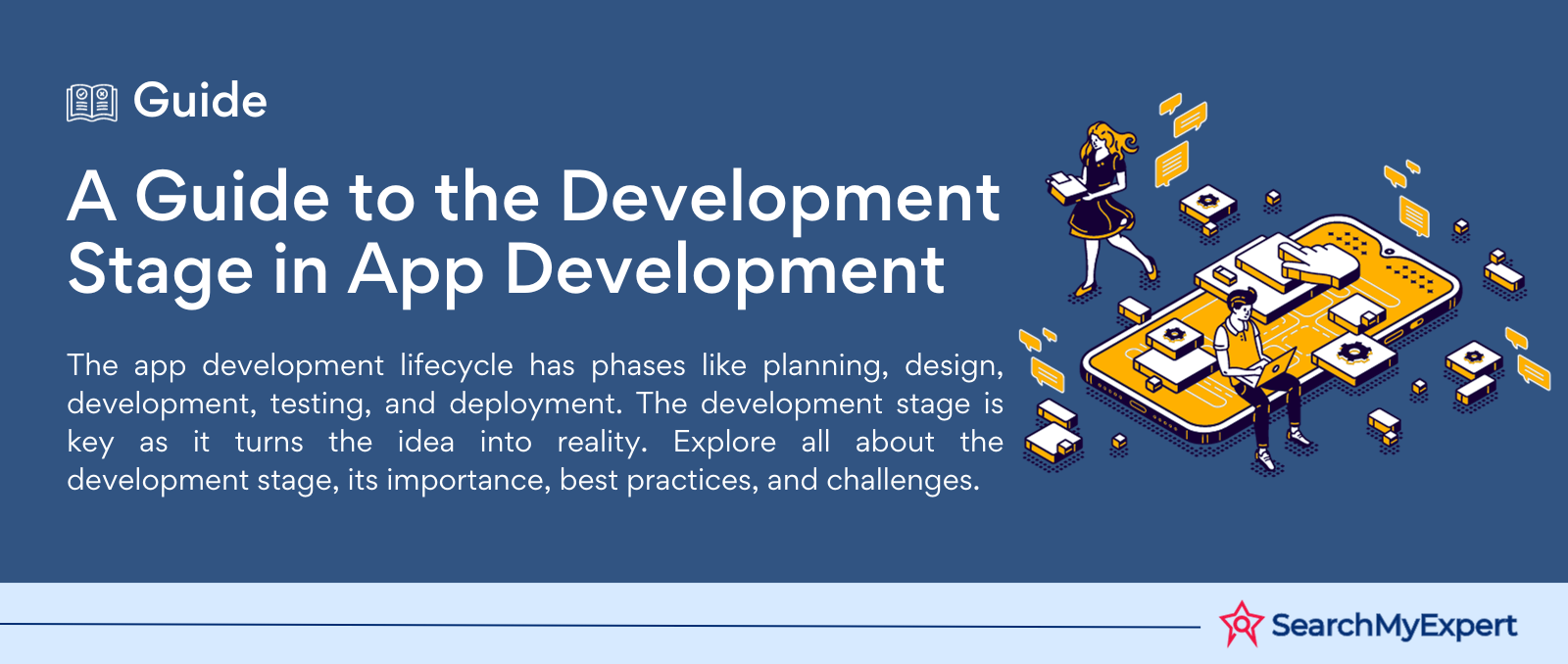

Mastering Docker for App Development: A Comprehensive Guide to Benefits, Use-Cases, and Alternatives

STAY UP TO DATE
GET PATH'S LATEST
Receive bi-weekly updates from the SME, and get a heads up on upcoming events.
Contact Us
We will get back to you as soon as possible.
Please try again later.


Find The Right Agencies
SearchMyExpert is a B2B Marketplace for finding agencies. We help you to describe your needs, meet verified agencies, and hire the best one.
Get In Touch
WZ-113, 1st Floor, Opp. Metro Pillar No- 483, Subhash Nagar - New Delhi 110018
About Us
For Agencies
Benefits Of Listing With Us
Submit An Agency
Agency Selection Criteria
Sponsorship
For Businesses
Agencies Categories
Trends Articles
FAQs
Find The Right Agencies
SearchMyExpert is a B2B Marketplace for finding agencies. We help you to describe your needs, meet verified agencies, and hire the best one.
About Us
For Agencies
List Your Agency
Benefits Of Listing
Agency Selection Criteria
Sponsorship
Get In Touch
WZ-113, 1st Floor, Opp. Metro Pillar No- 483, Subhash Nagar - New Delhi 110018
contact@searchmyexpert.com
Copyright © 2023 · Skillpod Private Limited · All Rights Reserved - Terms of Use - Privacy Policy



